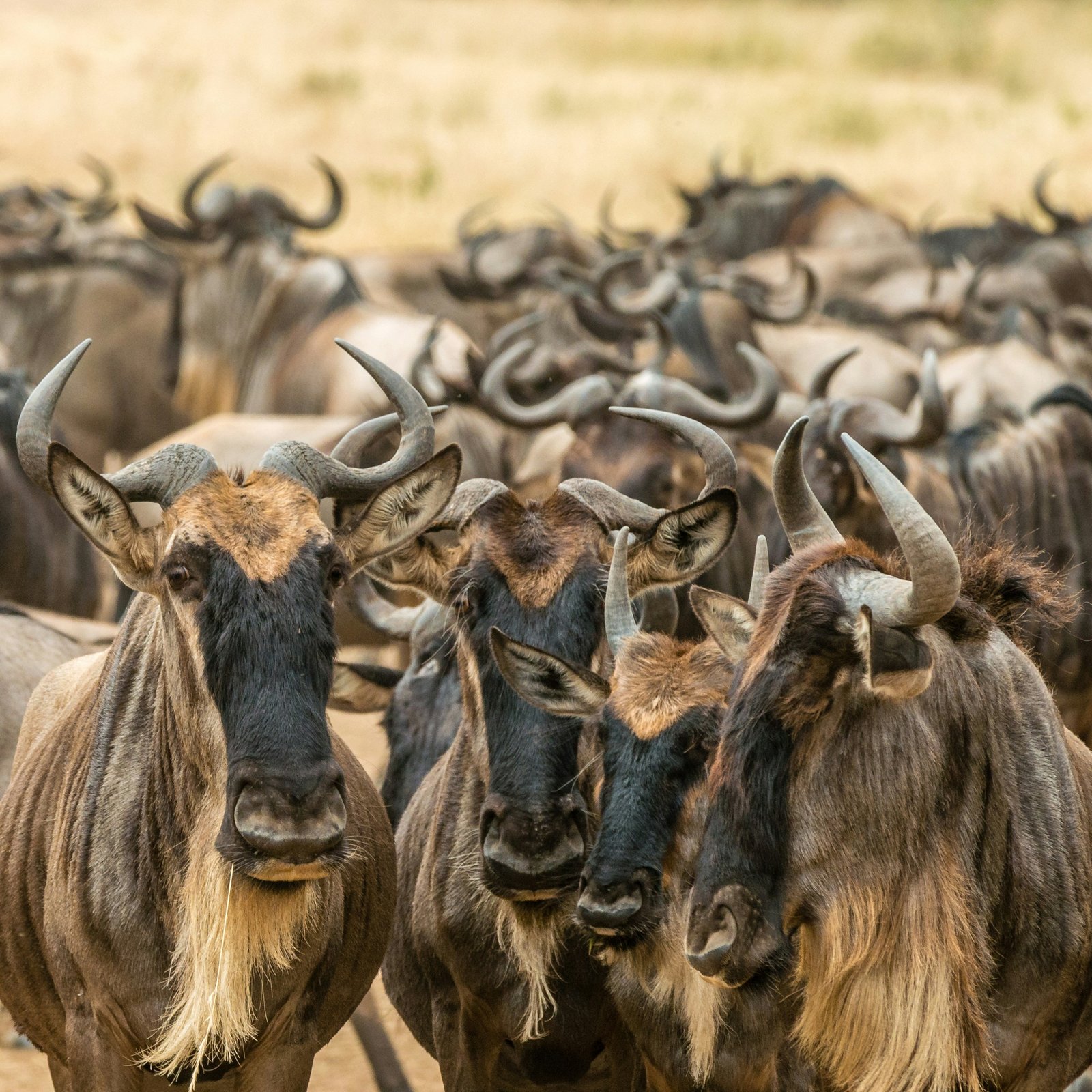

Introduction to the Wildebeest
The wildebeest, also known as the gnu, is an iconic species that inhabits the African savanna. Known for their immense migrations and distinctive appearance, wildebeests are fascinating creatures that offer insight into the dynamics of their ecosystem. This guide will walk you through detailed steps to understand the behaviors, habitats, and survival strategies of the wildebeest.
Step 1: Learning About Their Habitat
Wildebeests primarily reside in grasslands and open woodlands of East and Southern Africa. These areas provide ample food and room for their migratory patterns. Understanding the habitat of wildebeests is crucial for any conservation efforts aimed at preserving their populations in the wild.
Step 2: Observing Their Behavior
Wildebeests are known for their unique social structures. They typically form large herds, which are often mixed with zebras. Observing their behavior, particularly during the migration season, offers insight into their survival strategies against predators and environmental challenges. Key behaviors to note include their vocalizations and group movement tactics, which play a vital role in predator evasion.
Step 3: Understanding Their Migration
The most notable feature of wildebeests is their migration patterns. Each year, millions of wildebeests embark on a journey in search of food and water, covering over a thousand miles. Documenting the migrations provides valuable data that can help in conservation efforts and understanding how climate change impacts their pathways.
In conclusion, understanding the wildebeest involves a careful study of their habitat, behaviors, and migration. Each step in this process is essential for ensuring their continued survival and the health of their ecosystems.
RELATED POSTS
View all
